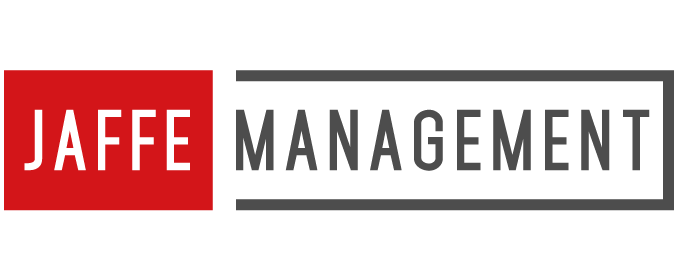15 May 2015 6 Ingredients for Productive Board Meetings
Ben Franklin coined the adage “time is money” well before the age of instant global communication—and yet there are few things in the business world more frustrating than wasted time in meetings. Here are some effective strategies for keeping your meetings productive and meaningful.
Strong Leadership
A designated leader runs the meeting. A strong leader organizes the meeting, communicates expectations, and sets the tone for how the entire meeting will go. Keep introductions short and factual. The objective here is a mix of professionalism and neutrality, but some light humor and smiles can go a long way. Ensure that all voices are heard. Don’t be afraid to tell a someone that it is time to hear other people’s thoughts.
Clear Direction
The right amount of communication will prepare your attendees to actively contribute to the meeting. Inform attendees of discussion topics beforehand and provide physical copies of the agenda outline at the time of the meeting. If you expect people to come in with a few ideas of their own, allot an appropriate amount of time per person.
Active Participants
The attendees will presumably have some interest in the topics of conversation, but it may be difficult for active listeners to hold all comments and questions until the end. Field brief questions before starting, and defer longer, conversation-type answers until after the meeting. Break between topics and ask for thoughts or comments. Read their body language. One good gauge of the audience’s interest is how many people are playing on their smartphones.
Controlled Participants
Board members are often comprised of business leaders and/or people with a great deal of commitments. They often don’t obtain their respective positions through passivity. Expect lots of ideas and brainstorming and conversations to sometimes trail from their original topic. Make sure the meeting leader is comfortable with guiding the participants back to agenda, but who is flexible enough to know when to let a great off the conversation flourish.
Good Structure
Plan to redirect conversation topics (and audience attention) every 15 or 20 minutes. Don’t rely on digital presentations to do the work for you; use them only for absolutely necessary visuals, and keep the panels free of cluttering text. If you can’t handle the IT/technology portion, find someone who can. And even then, be prepared to present and run the meeting without any electronics at all.
Evidence of Progress
Establish the expectation that decisions will be made. It’s a self-fulfilling prophecy: If board members prepare for and attend a meeting where they expect decisions to be made, decisions are more likely to be made. After a meeting or two where it is clear time isn’t being wasted, morale will skyrocket and members will actually look forward to attending.
By including all of these ingredients in your planning, you’ll be much more likely to conduct productive meetings that not only get stuff done, but also leave board members feeling energized and appreciated.


